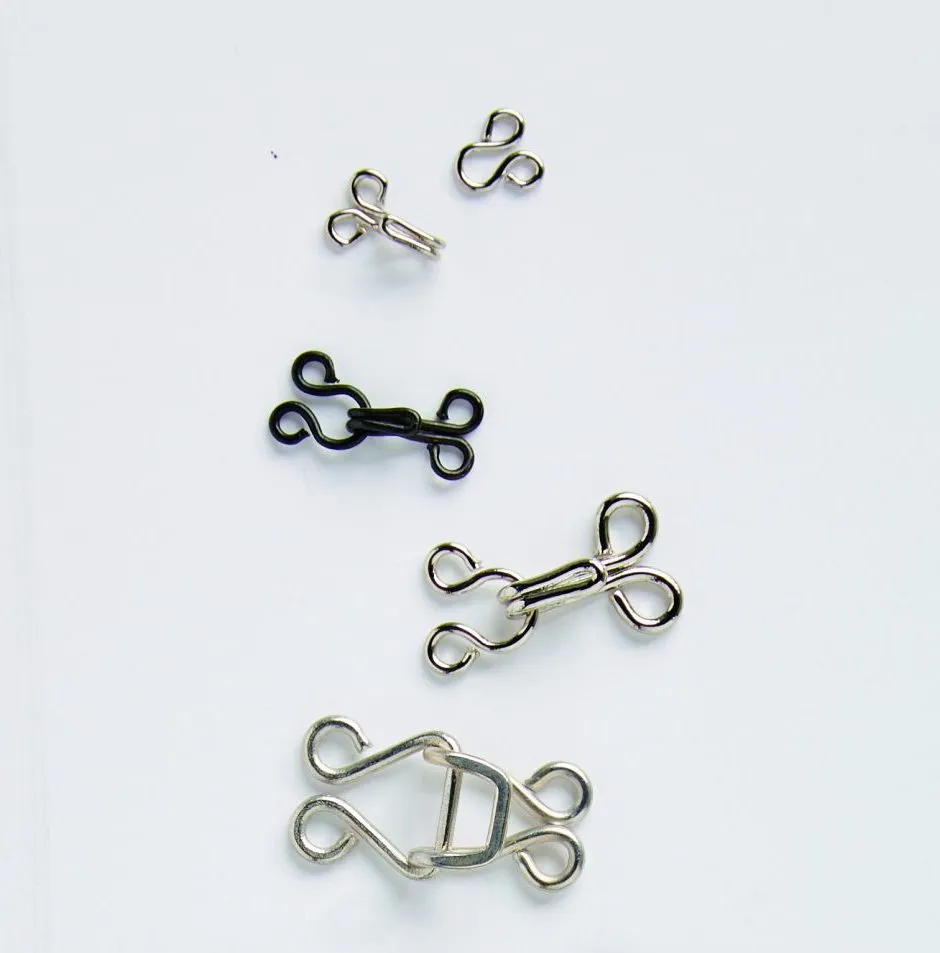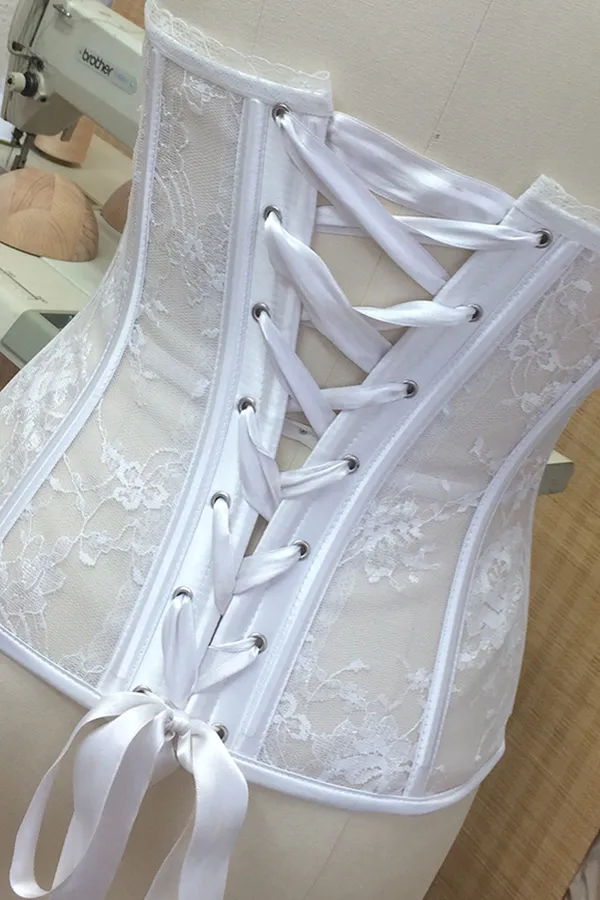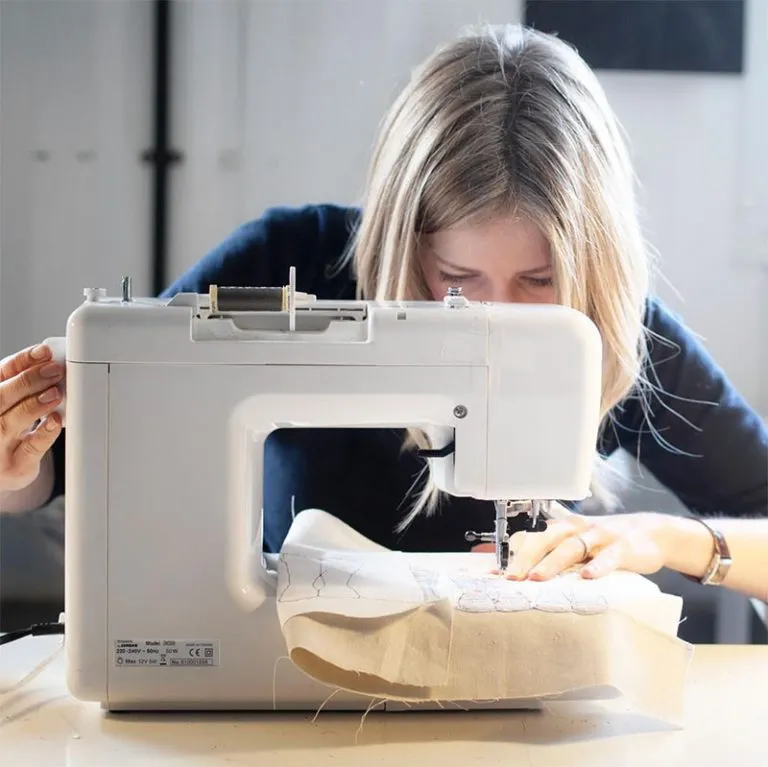Sewing hooks and eyes are small metal devices that are used to fasten garments together discreetly. They're essential for any sewist wanting to add a more professional touch to their creations. We've gathered everything you need to know about sewing hooks and eyes into one place so you can become an expert!
If you want to find out all the essentials you'll need to start sewing then first head to our sewing kits for beginners guide.
Your guide to sewing hooks and eyes
Basic sewing hooks and eyes
Most hooks and eyes are nickel or rustproof brass. There are two different types; the wire version is the most common, while the die-cut metal ones are designed to withstand more wear. A single hook and eye is often sewn above the top of a zip to finish it and take stress off the fastening on a skirt, dress or trousers.
The basic black and silver ones come in a few sizes, but there are also larger and more decorative sets if you want your hook and eye fastening to speak for itself.

Fur hooks and eyes are fabric covered and look great on capes and coats.

Tiny hooks and eyes are ideal for fastening collars and cuffs for a neater finish.
Hook and eye tape

This is used for lingerie and corsetry. The tape has the hooks and eyes either sewn in or riveted and can be bought by the metre. It comes in white, black, velour and organza.
Decorative sewing hooks and eyes
If you want your hook and eye to be a feature and show on the front of a garment then larger, decorative types can bought in a variety of metal colours as well as leather.
Spacing the hooks
Decide how many sewing hooks and eyes to use depending on how wide an area you need to fasten. The top of a zip needs only one whereas a waistband could use two smaller ones spread apart. For the front of a bodice, space your hooks about 2cm (3/4in) apart.
Sewing them on

The hooks attach to either a rounded metal eye or a flat bar that comes included with the hooks. You can create your own thread bar instead if you prefer. It will be nearly invisible, though not as strong as a metal eye or bar. Make a few straight stitches then work buttonhole stitch over just the threads.
Generally, hooks are sewn about 1cm (3/8in) from the edge of your garment on the wrong side. Use a double strand of good quality thread for strength. Decide where the hook should sit and work a tiny double stitch to secure. Place the hook over the stitches and stitch around the inside of the hook three to four times. Now, you can over-sew it in place through the ring or, for a more secure, traditional look, work a buttonhole stitch though instead. To stabilise the hook to keep it flush to the fabric, work straight stitches just beneath the curved part of the hook.